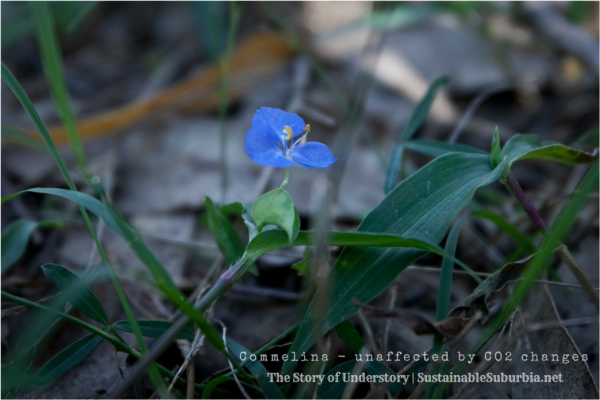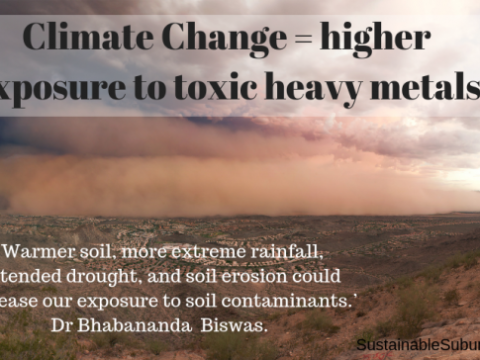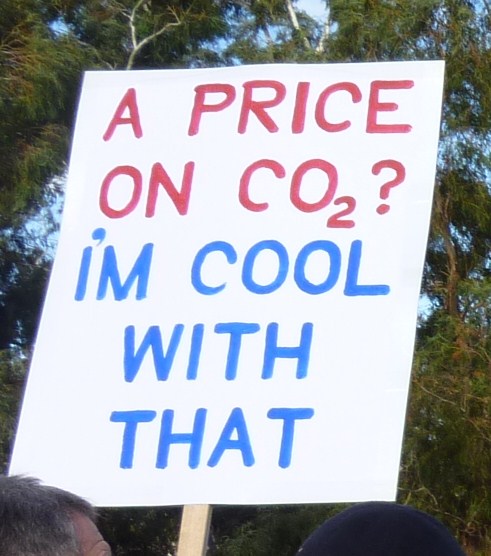Six years of research by Western Sydney University shows that higher carbon dioxide (CO2) levels cause significant changes in the diversity of our forests understories. They first established that “Australian trees can’t take advantage of extra carbon due to a lack of soil phosphorus and that rainfall has bigger effects on forest growth than elevated carbon dioxide.”

Now, three years of observations have found that, in nutirent-poor soil, the understorey plant communities might be more sensitive to the higher CO2 levels than the surrounding trees.
Cooler climate grasses are going better in this environment than their warmer climate cousins, potentially leading to a loss of biodiversity.
“We have seen evidence of changes in the composition of the understorey plant community, despite relatively little change in tree growth under elevated CO2,” explains scientist Professor Sally Power.
By 2050 we are expected to reach the highest levels of carbon dioxide in millions of years, and since the 160 million hectares of eucalypt-based forests in Australia operate as our biggest carbon sink, understanding their response is essential.
“These shifts in the understorey community may have other, knock-on impacts on the functioning of this woodland ecosystem in the future,” Professor Power explains.
“Understanding responses to rising CO2 at every level of the system – from grasses to trees to soils – is essential … to make accurate, well-informed decisions about Australia’s future.”
The latest research was published in the Journal of Ecology: Elevated CO2 concentrations reduce C4 cover and decrease diversity of understorey plant community in a Eucalyptus woodland.
Healthy Family | Healthy World




